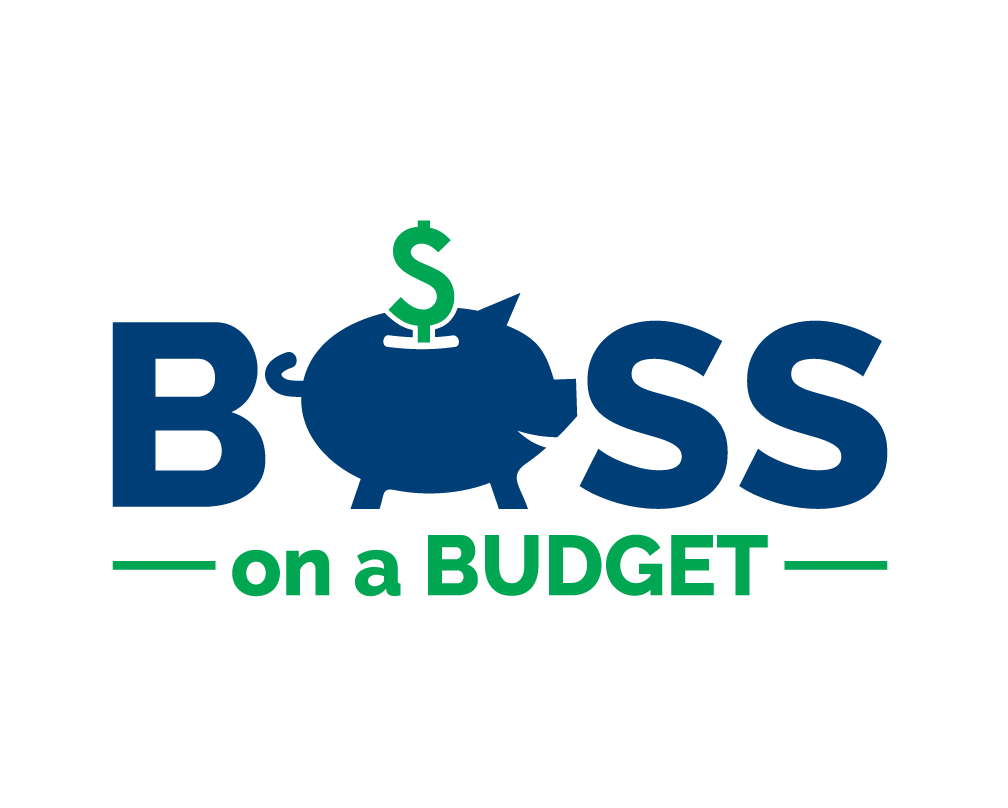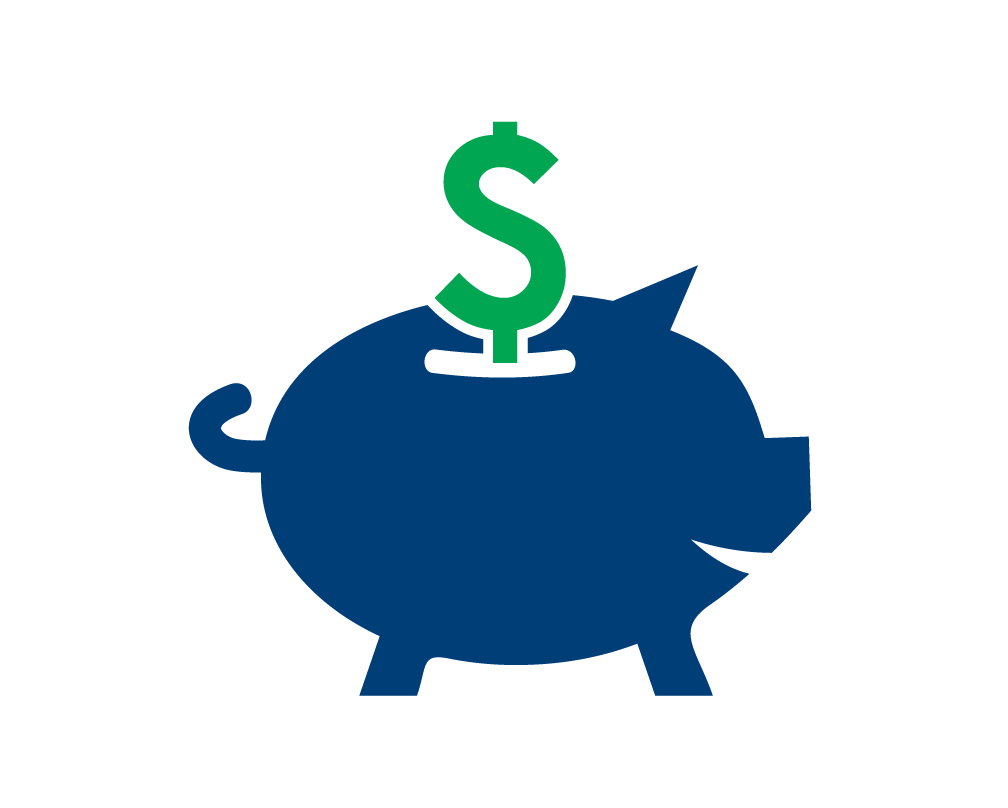How to Inspire First-Time Donors to Give Again: 5 Tips
Written by Ann Fellman with Bloomerang
Whether you’re just starting a new nonprofit or trying to grow your existing organization, the foundation of your success will be your ability to retain first-time donors.
According to Bloomerang’s guide to donor retention, new donor retention tends to hover around 20%. However, if you can secure that all-important second donation, retention jumps threefold to around 60% for repeat donors.
Let’s explore five tips for inspiring first-time donors to give again.
1. Thank donors promptly.
Research shows that 13.2% of donors stopped giving to nonprofits because they were never acknowledged for their gifts. Sending a prompt, genuine thank-you email may seem obvious, but it’s a critical first step toward building long-lasting donor relationships.
Follow these tips to thank donors properly:
Send a thank-you message within 24 hours of their gift. Schedule automated appreciation emails through your nonprofit’s CRM software to ensure no donors go unthanked.
Provide a donation receipt. Many donors will want to claim their donations for tax deductions. Make this process easier for them by providing a formal donation receipt. The receipt should include your organization’s name, the donation amount, the donor’s name, and the date of the gift. You’ll also need to provide a legal statement explaining that your organization provided no goods or services in exchange for the donor’s gift.
Personalize your gratitude messages. 71% of consumers expect personalized interactions with brands, making it crucial to personalize your new donor outreach. Use your donor management system to automatically personalize thank-you emails and receipts with donors’ names. Recognizing donors as individuals helps make them feel more special and valued for their unique contributions.
With prompt thank-you messages, you can start building donor relationships as soon as possible after they give to keep your organization on their radar. Plus, you’ll make it easier for them to receive tax write-offs, something many supporters value.
2. Call supporters to say thank you.
Calling donors may seem outdated, but it’s actually an extremely effective retention tool. A Bloomerang study found that donor retention increased from 33% to 41% when nonprofits called donors once within 90 days of their first gift. Retention jumped to 58% after two phone calls in that same period!
Make your phone calls as impactful as possible by:
Having individuals directly involved with your mission make the calls, such as volunteers, staff, or board members
Mentioning donors’ specific gift amounts
Keeping the conversation casual and engaging by using the donor’s first name and avoiding overly formal language
Use your phone calls to explain the impact of donors’ gifts and keep the discussion focused on their accomplishments, not your nonprofit's. For example, you could say “Your gifts empower young artists to follow their dreams with the supplies they need to be successful.”
3. Show the impact of donors’ gifts.
Donations keep your nonprofit afloat—it’s not an exaggeration to say that they mean the difference between success and failure for your organization. Your nonprofit may know that, but do your donors?
Not receiving information about how their gifts were used is another main driver of donor attrition. Make sure all donors are aware of what their involvement means to your organization by showing the impact of their gifts.
Use a variety of multimedia elements to demonstrate the extent of your nonprofit’s mission and how donors have supported your efforts. For example, you can share relevant data through content like:
Maps showing the extent of your reach in the community and how donor gifts have helped grow your impact over time
Charts and graphs displaying the number of people helped over time
Images of people who have been supported by donations
Videos with interviews of volunteers or beneficiaries
Don’t just tell donors their gifts matter—prove it to them by showing it using a variety of these elements. Include these content types in your emails, blog posts, and social media posts to ensure every supporter has the chance to see the impact they’ve made.
4. Make recurring giving simple.
Inspiring more recurring donations requires making the process as straightforward as possible. This helps your nonprofit raise more and creates a better experience for donors.
Facilitate ongoing giving by taking these steps:
Add a button to your online donation page to become a recurring donor. Make it easy for new donors to become recurring supporters by including a button on your donation page to change their one-time donation to a monthly gift. For example, take a look at the monthly giving button on the CARE donation page, which makes it simple to become a recurring donor in just one click:
Send email reminders about joining your monthly giving program. If donors don’t take you up on monthly giving right away, send email reminders to join the program with information about perks donors will receive. For example, you could offer monthly donors free merchandise or early access to your most popular events.
Allow donors to view their giving history and update their payment information. Providing donors with flexibility in their recurring payments can make it easier for them to decide to become repeat donors. Enable donors to view their profiles and update their payment details, giving frequency, and giving amount.
To inspire even greater involvement, share information about how recurring giving benefits your nonprofit. Let donors know that ongoing gifts provide reliable funding for your organization, allowing you to keep your operations up and running and work through any challenges with greater ease.
5. Highlight other ways new donors can get involved.
Donors should see the value in engaging with your organization over the long term. Make your relationship more than transactional by creating a community for new donors to join. Foster a sense of solidarity by offering multiple ways for donors to get involved in addition to donating.
For example, you can invite donors to engage in activities like:
Volunteering
Advocacy opportunities
Social events
Providing feedback on your donation process
Through participating in these activities, donors will form stronger connections to your nonprofit and its mission. The next time you reach out to ask for donations, they may be more willing to give because of these ties to your organization.
After donors give for the first time, you should immediately set the groundwork for encouraging them to become repeat donors. If you need support to get your donor engagement and retention efforts off the ground, consider working with a nonprofit consultant or refreshing your technology tools like your CRM to make the most of your resources. These strategies can help you raise more and form stronger relationships that last for the long term.



